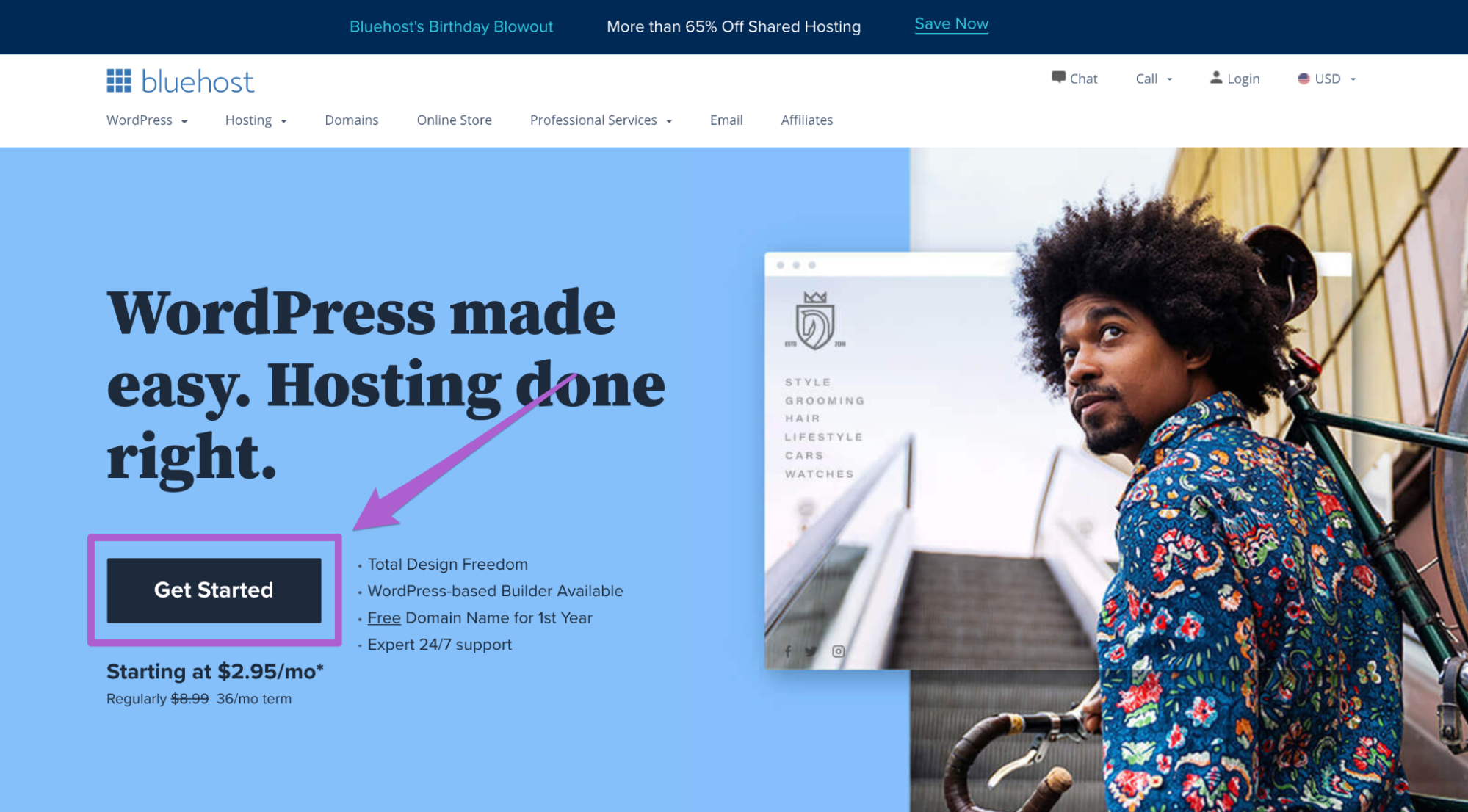
Is Website Referral Spam Ruining Your Analytics?
WEBSITE REFERRAL SPAM ~ PART 1
Are Ghost Referrers & Crawler Referrers Ruining Your Analytics?
Everyone loves website referrals – but everyone detests ghost referrers, crawler referrers and referral spam. No website is safe from referral spam (not even yours) and in recent months referral spam has started to become worse… a lot worse.
In this two-part blog, we hope to educate website owners, website marketers, and webmasters, on the subject of referral spam. In Part 1, we will explain what referral spam is, and we’ll answer the most common questions that people ask about referral spam. In Part 2, we will provide a number of methods to stop referral spam.Part 1: What Website Referral Spam Is
Definition of “Referral”: (Just for those who do not know.) A referral is a visit to a website, that came from another website, but not a search engine. Example: the BlueWidgets.com website contains a link to the GreenWidgets.com website. Someone visiting BlueWidgets.com clicks on that link and visits GreenWidgets.com. Voila’! GreenWidgets.com has received a referral!
What is referral spam?
In its simplest form, referral spam makes it appear as though your website had more visits than it actually did. It is annoying, aggressive and skews your analytics, muddying up your data.
While referral spam is not necessarily detrimental to your website’s positions in search engines like Google, Bing and Yahoo, there are a couple of good reasons to want to put a stop to it.
First, referral spam can make it difficult to tell whether those increases in traffic coming to your website are from legitimate customers, crawler spam referrers, or ghost referrers. If when looking at your website’s analytics, you are seeing steady increases in referral traffic but no change in conversions, you are likely suffering from referral spam. Spam referrals also skew bounce rate data (making it appear higher) and time on site data (making it appear lower).
Second, the programs used to generate referral spam, commonly known as “spambots”, can overload servers, slow down website load speeds, and are uninvited guests crawling all over your website’s server, doing who knows what.
What are spam bots?
Spam bots (also “spambots”) are bad internet robots. There are good “bots” and bad bots. Googlebot, a good bot, scans the web, indexing most all of the content that it finds, and makes it available on google.com search results pages.
A spambot is a bad bot, and there are many thousands of these. A spambot is an automated program designed to do one or more of the following:
- Harvest e-mail addresses from the Internet in order to build mailing lists for sending unsolicited e-mail (a.k.a. “spam”).
- Scrape and collect website content, for the purpose of plagiarizing it.
- Gather contact and payment details used during online financial transactions, for malicious purposes.
- Click on pay-per-click ads, causing fraudulent clicks and costing thousands of dollars in “click-fraud”.
- Visit your website multiple times, causing false hits in Google Analytics, thus messing up your reports.
There are two main types of referral spam that plague websites and inflate analytics reports:
- Crawler Spam Referrals
- Ghost Referrals
Crawler Spam Referrals occur when spam crawlers, also referred to as spambots, visit your website uninvited. Spam crawlers fail to identify themselves to web servers as crawlers, and ignore robots.txt files or other rules meant to keep legitimate crawlers from visiting certain webpages on your website. One of the most common uses for spambots is to harvest email addresses that can be sold and used to send unsolicited emails.
Ghost Referrals occur when spammers use a computer-generated script to directly send false hits to your Google Analytics tracking ID. Unlike crawler spam referrals, with ghost referrals no bots (and no one) ever actually visited your website causing the skewed referral data. The problem of ghost referrals is unique to Google Analytics.
The technique of ghost referring is also known as referrer bombing or log spamming. It is a type of “spamdexing” (spamming aimed at search engines). It involves making repeated website requests using a fake referrer URL that contains the domain name of the website that the spammer wishes to advertise.
Spammers developing ghost referral code start with a Google Analytics tracking ID shell, such as: UA-XXXXXXX-1. The spammers then use a computer program to randomly fill in the X’s with different combinations of numbers and ping Google’s tracking service until they discover a combination that works. Once they’ve uncovered a legitimate tracking ID, the spammers use software to send fake pageviews, sometimes hundreds at a time, directly to Google’s tracking service. Google then records referrals from them as visits to the unsuspecting website associated with the tracking ID.
Does anyone benefit from spam referrals?
It’s thought that the technique of putting ghost referrals into Google Analytics reports is used by unethical SEO agencies and unethical webmasters in order to increase visits to websites. They count on concerned website owners and legitimate SEO agencies visiting the websites that appear in their analytics reports, in order to A) confirm that the website is valid, and B) learn whether or not a backlink exists. These activities increase traffic and time on site for the websites of the bad guys who are providing the spam referrals. Increased traffic, and time on site, are positive signals to Google.
In addition, if the spam referral links to an e-commerce website, and someone purchases something thanks for the spam referral, the spammers are financially rewarded. The best thing to do is to avoid visiting these spam URLs, and avoid clicking on these spam links. Simply block them instead. We’ll give you the how-to’s in Part 2 of this blog series.
How do you know if your website is getting referral spam?
Go to the Referrals report in your Google Analytics account and then sort the report by bounce rate in descending order. Look for referrals with a 0% or 100% bounce rate, and 10 or more sessions. They could well be spam referrals.
Warning! As we said, try to avoid visiting the websites that you suspect are spam-referring websites. Especially if your computer does not have adequate protection (top-class anti-virus/anti malware programs installed on your machine). If you must visit these spam-referring websites, consider using an old computer just for doing so. Such websites may very well be infected with malware or viruses that could infect your computer! Here is a tool that you can try, to help protect your computer from malware and viruses that are commonly found on spam-referring websites: https://sitecheck.sucuri.net/ If a website passes Sucuri’s scrutiny, then the website may be safe to visit.










